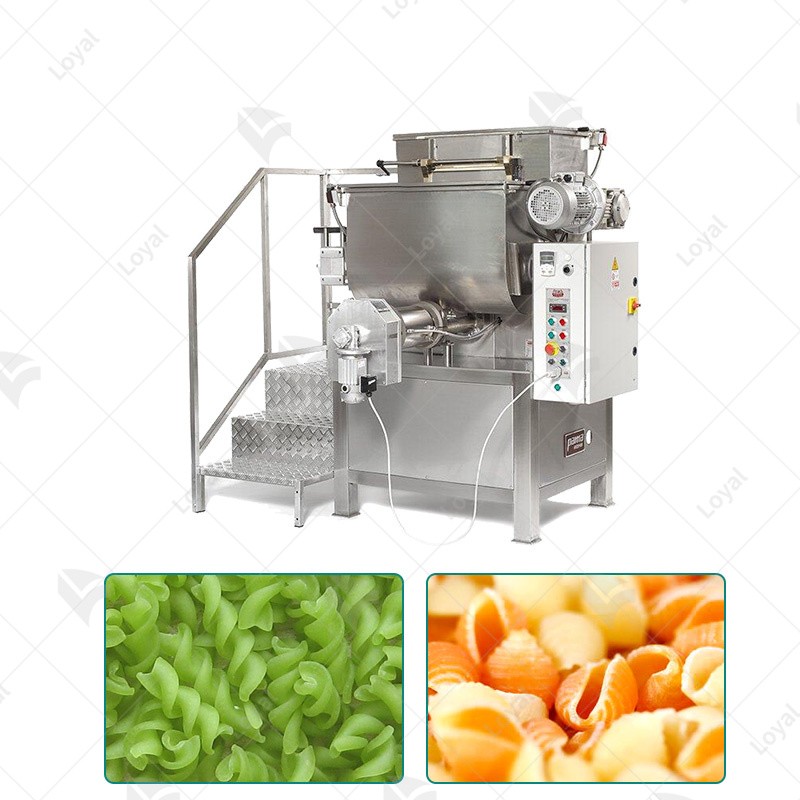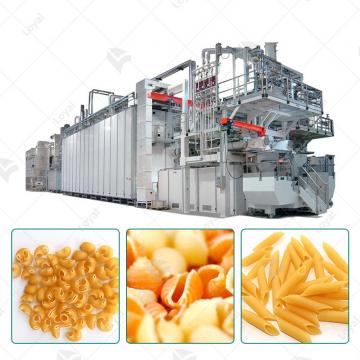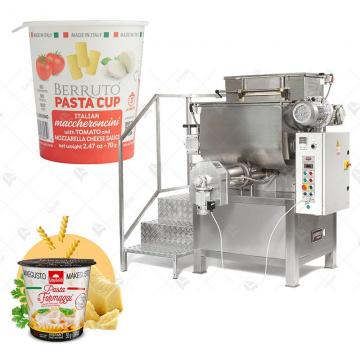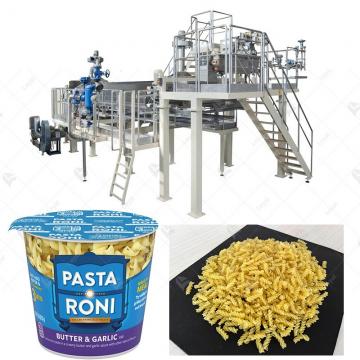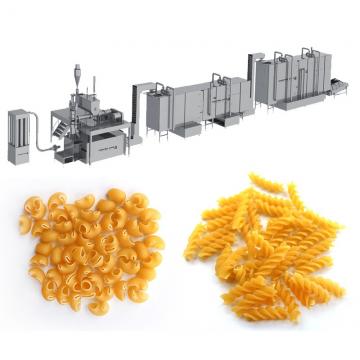Redefining Excellence: The All-Automatic Approach to Pasta Making Companies with a Focus on Efficiency and Energy Conservation
Redefining Excellence: The All-Automatic Approach to Pasta Making Companies with a Focus on Efficiency and Energy Conservation
Introduction
The Long-Cut Pasta Production Line technology of Shandong Luoya Industrial Co., Ltd. has introduced advanced technologies from FAVA and UTF .In the ever-evolving landscape of pasta production, the introduction sets the tone for our exploration into the transformative paradigm shift brought about by the all-automatic approach. Recognizing efficiency and energy conservation as the linchpins of progress, pasta making companies are redefining excellence to meet the demands of a dynamic industry.
Significance of the All-Automatic Approach
The all-automatic approach stands as a cornerstone in the evolution of pasta making companies. Its significance lies in the radical transformation of industry standards, emphasizing efficiency and establishing a sustainable model for energy conservation in the production process. This section unveils the profound impact of adopting this transformative method.

Evolution of Pasta Making Technology
A journey through the historical evolution of pasta making technology is essential to appreciate the current state of all-automatic systems. From traditional methods to cutting-edge technologies, this section outlines the technological milestones that have paved the way for the integration of the all-automatic approach.
Technological Milestones
Highlighting significant technological milestones underscores the commitment of the industry to continuous improvement. This chronological overview not only serves as a testament to progress but also sets the stage for comprehending how the all-automatic approach has become integral to redefining excellence in pasta making.
All-Automatic Processes: Unveiling Efficiency and Energy Conservation
This section delves into the core of our exploration, elucidating the mechanics, benefits, and challenges associated with all-automatic processes in pasta making companies. By focusing on precision and speed achieved through robotics, artificial intelligence, and advanced machinery, we uncover how these processes contribute to unparalleled efficiency standards and substantial energy conservation.
Precision and Speed in All-Automatic Systems
Emphasizing the precision and speed achieved through all-automatic pasta making processes becomes pivotal. Technologies such as robotics, artificial intelligence, and advanced machinery take center stage, elevating efficiency and ensuring optimal energy conservation.
Excellence Redefined: Showcasing Pioneering Pasta Making Companies
This section is dedicated to showcasing the industry trailblazers leading the charge in adopting the all-automatic approach. Through a comparative analysis of these pioneers, we explore their operations, technologies, and innovations, highlighting how they redefine excellence by embracing fully automated, high-efficiency solutions.
Comparative Analysis of Industry Leaders
Conducting a comparative analysis of leading companies allows for insights into the varied approaches and technologies adopted. This emphasizes the versatility and effectiveness of the all-automatic approach in optimizing efficiency within the pasta making sector.

Overcoming Challenges and Future Outlook
Anticipating challenges and addressing potential hurdles associated with the all-automatic approach is integral. This section discusses strategies and solutions, emphasizing continuous technological innovation, to overcome obstacles. It underscores the industry-wide commitment to staying ahead of challenges, embracing innovations, and proactively adapting to evolving consumer demands.
Continuous Technological Innovation
Highlighting the importance of continuous technological innovation underscores the dynamic nature of pasta making. Industry-wide efforts to stay ahead of challenges, embrace innovations, and proactively adapt to evolving consumer demands will be a key point of discussion.
Future Trends in All-Automatic Pasta Making
The article concludes with predictions for the future of all-automatic pasta making, providing insights into emerging technologies. As we explore sustainable practices, advancements in automation, and high-efficiency trends, we gain a forward-looking perspective on the trajectory of the pasta manufacturing industry.
Emerging Technologies in Pasta Making
Discussing how emerging technologies like advanced robotics and machine learning are being integrated into all-automatic processes provides a forward-looking perspective on the industry's trajectory.
Conclusion
In conclusion, we recap the key points discussed in the article, emphasizing how the all-automatic approach in pasta making companies is redefining excellence. The call to action resonates with the need for continued innovation and collaboration to ensure a sustainable and prosperous future for pasta manufacturers.

Frequently Asked Questions about All-Automatic Pasta Making Companies
1. What is the all-automatic approach in pasta making?
The all-automatic approach in pasta making refers to the integration of advanced technologies, such as robotics, artificial intelligence, and automated machinery, to streamline and optimize the entire pasta production process. It aims to enhance efficiency and energy conservation throughout various stages of manufacturing.
2. How does the all-automatic process contribute to energy conservation?
The all-automatic process contributes to energy conservation by leveraging precision and automation to reduce waste, optimize resource utilization, and streamline production. The efficient use of advanced technologies ensures that energy is utilized more effectively, aligning with sustainable practices in the pasta manufacturing industry.
3. Which companies are leading the way in adopting the all-automatic approach?Pioneering companies such as "La Molisana," Banza, "Colavita," and "Garofalo" are at the forefront of adopting the all-automatic approach. Through a comparative analysis of industry leaders, we explore how these companies redefine excellence by embracing fully automated, high-efficiency solutions in pasta making.
What challenges are associated with the all-automatic approach, and how are they overcome?
Challenges associated with the all-automatic approach may include initial implementation costs, technological integration complexities, and the need for skilled personnel. This section discusses strategies and solutions for overcoming these challenges, emphasizing continuous technological innovation, adaptation, and industry-wide collaboration.

